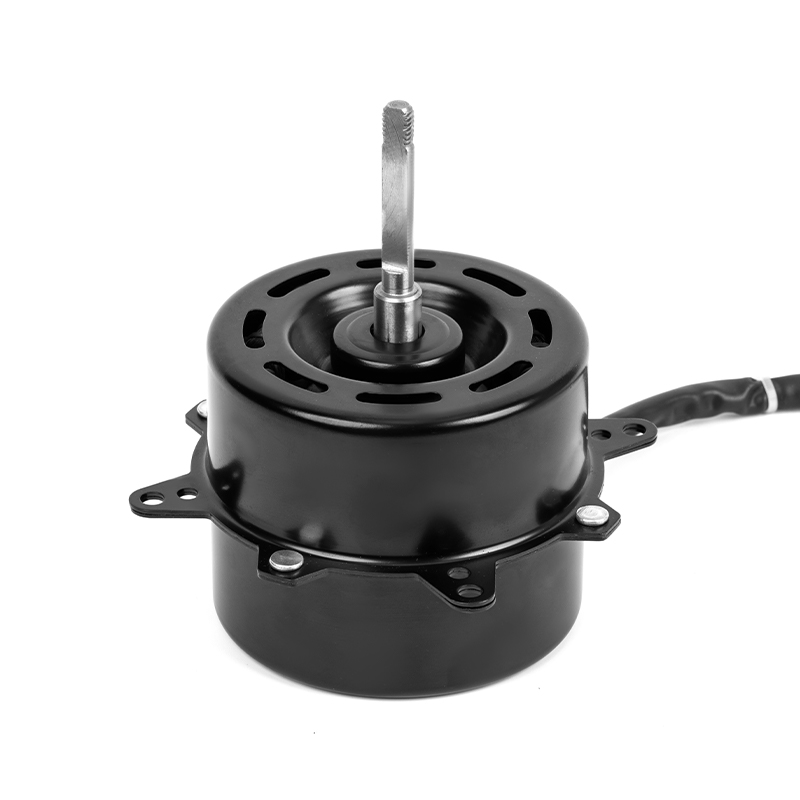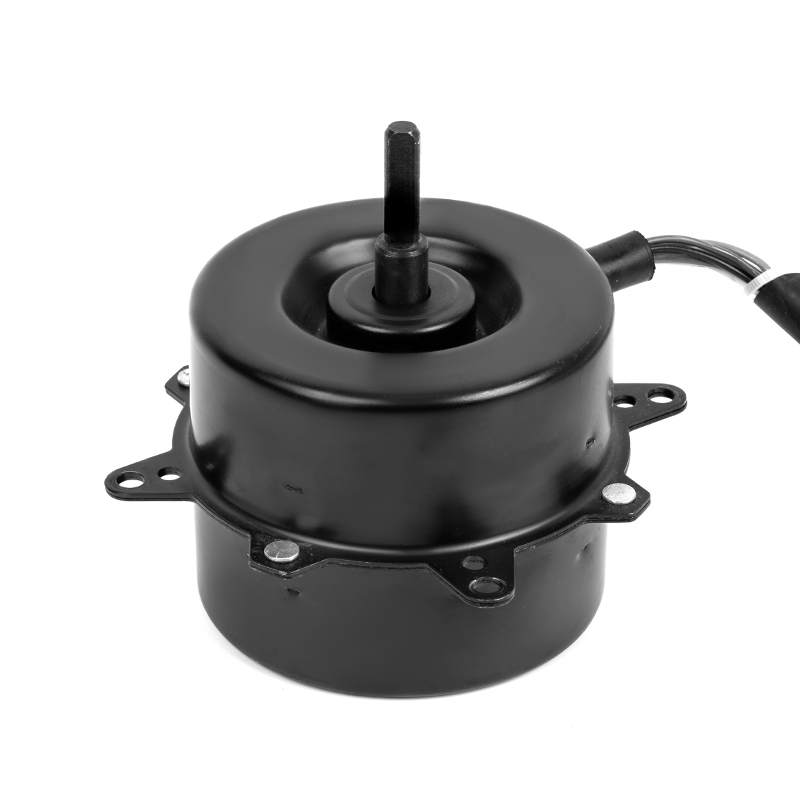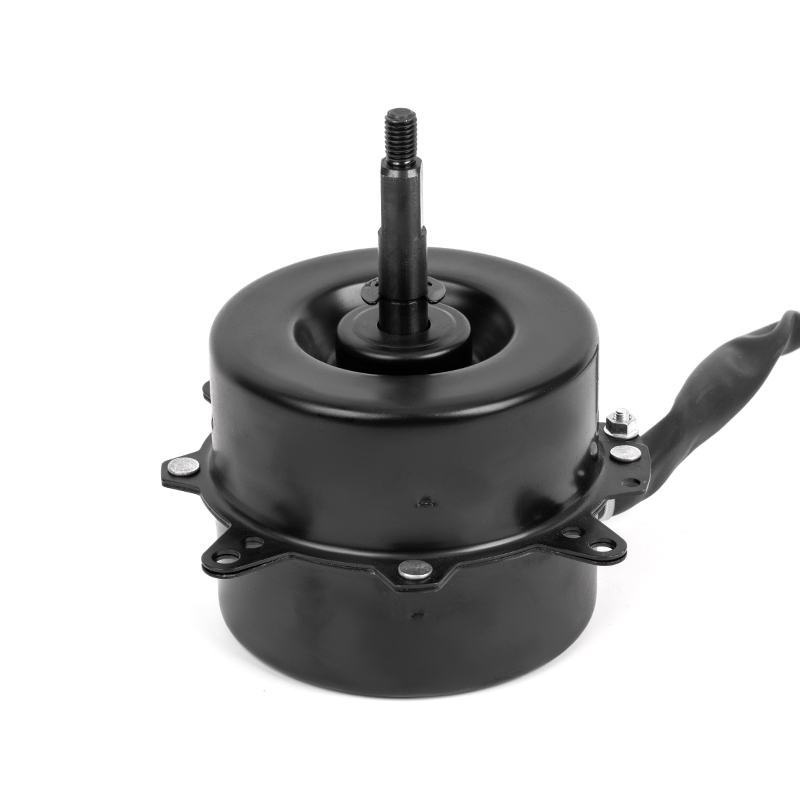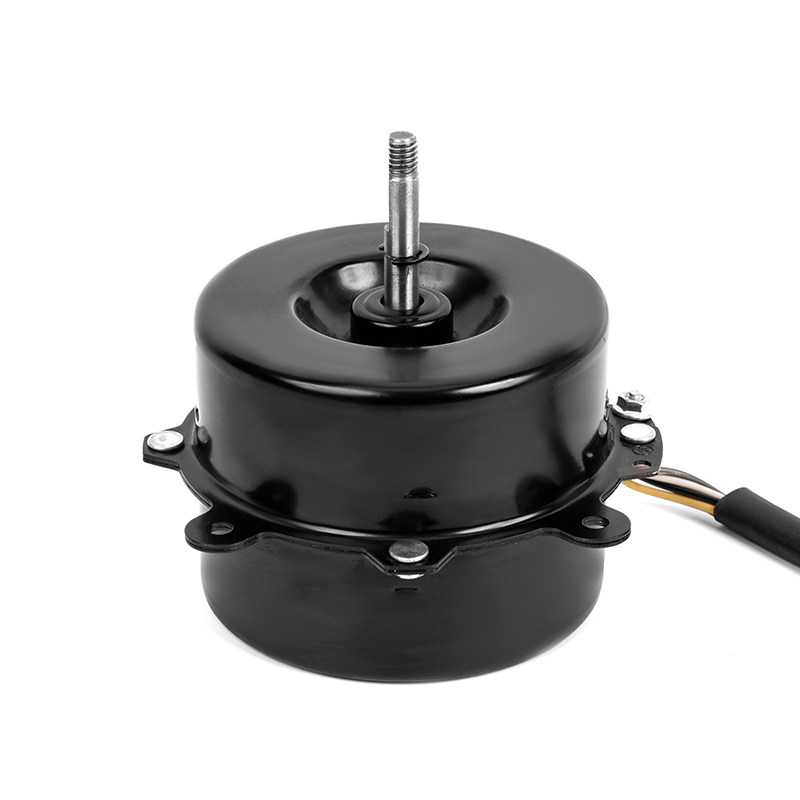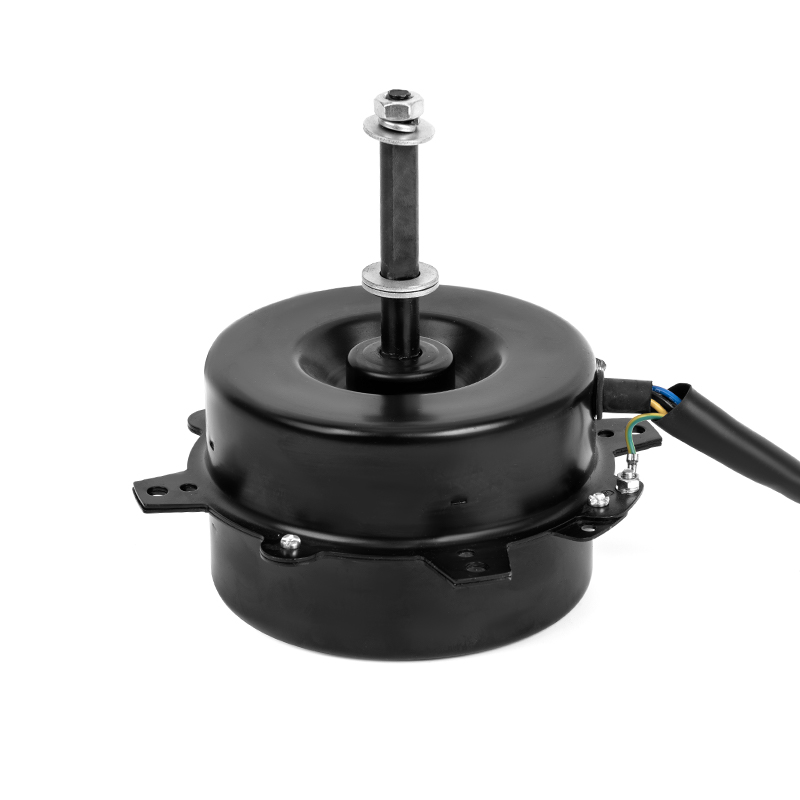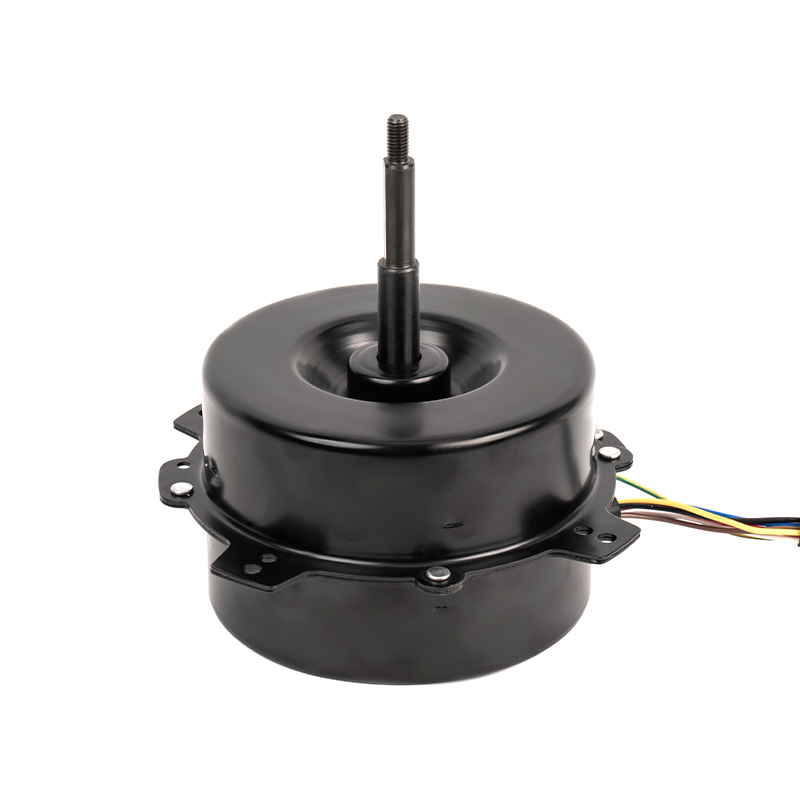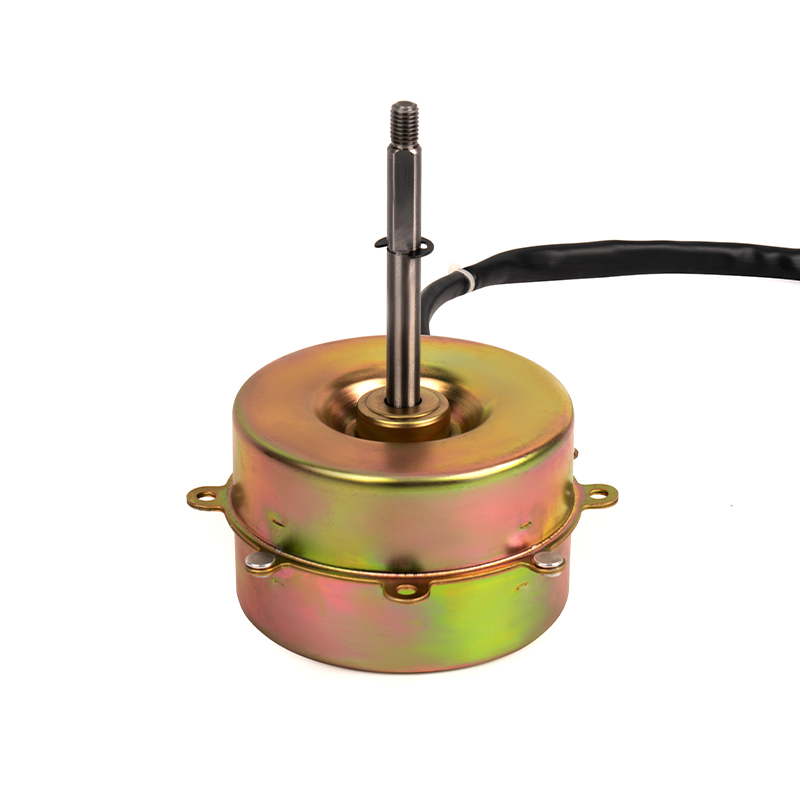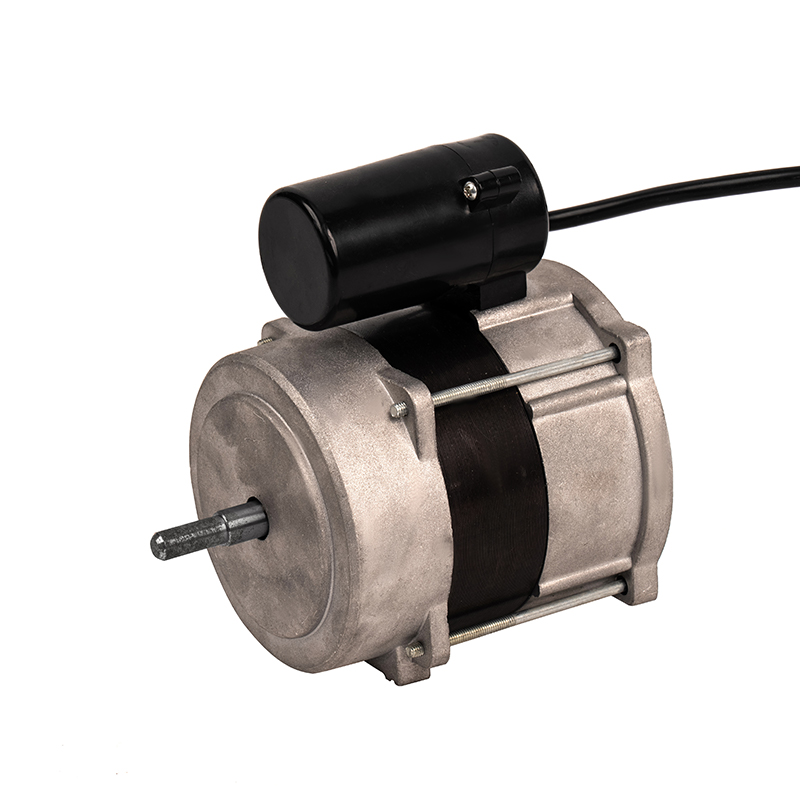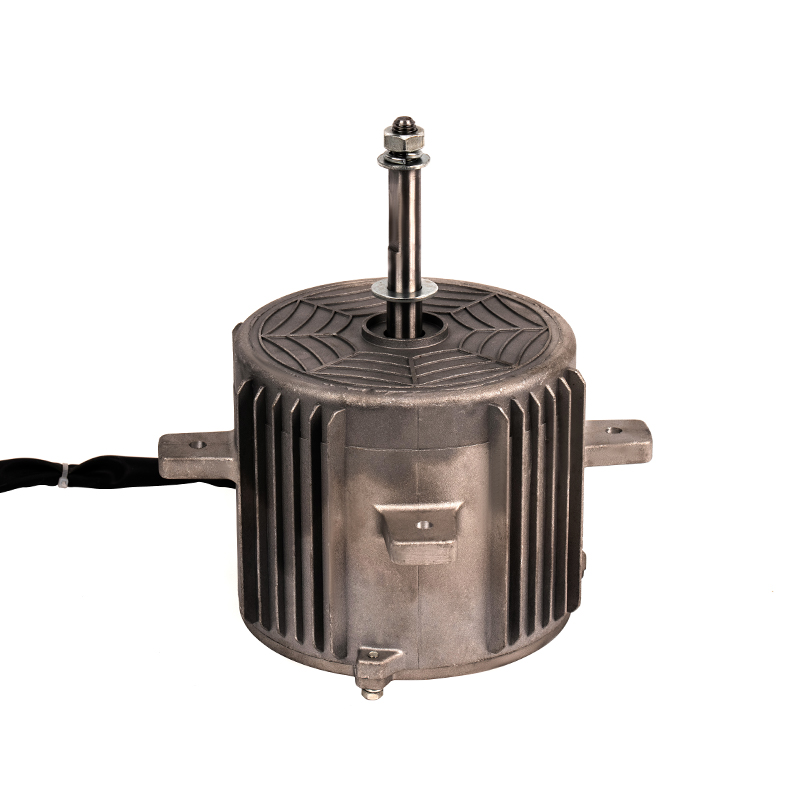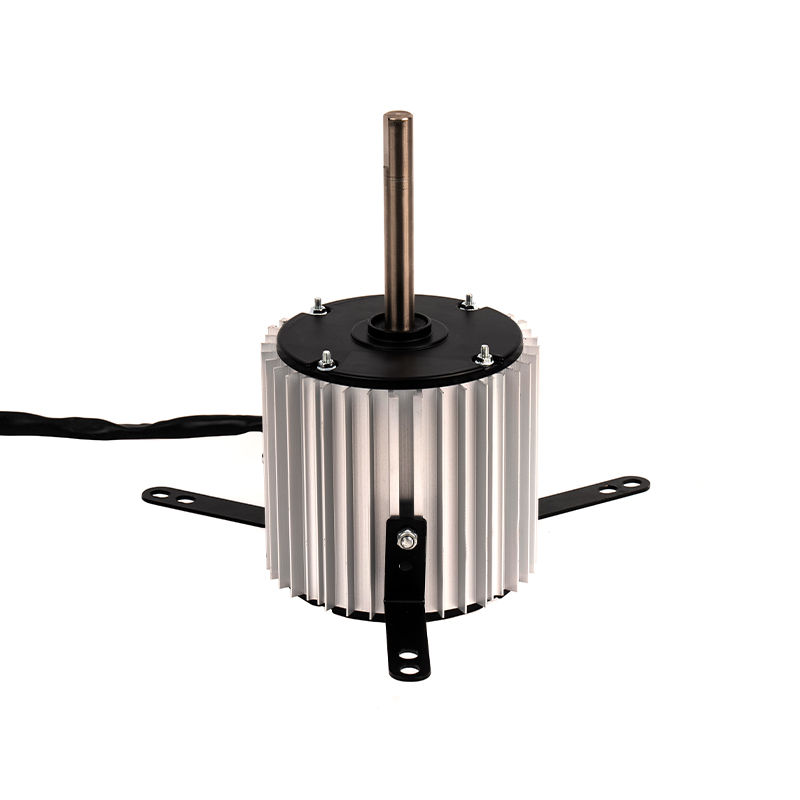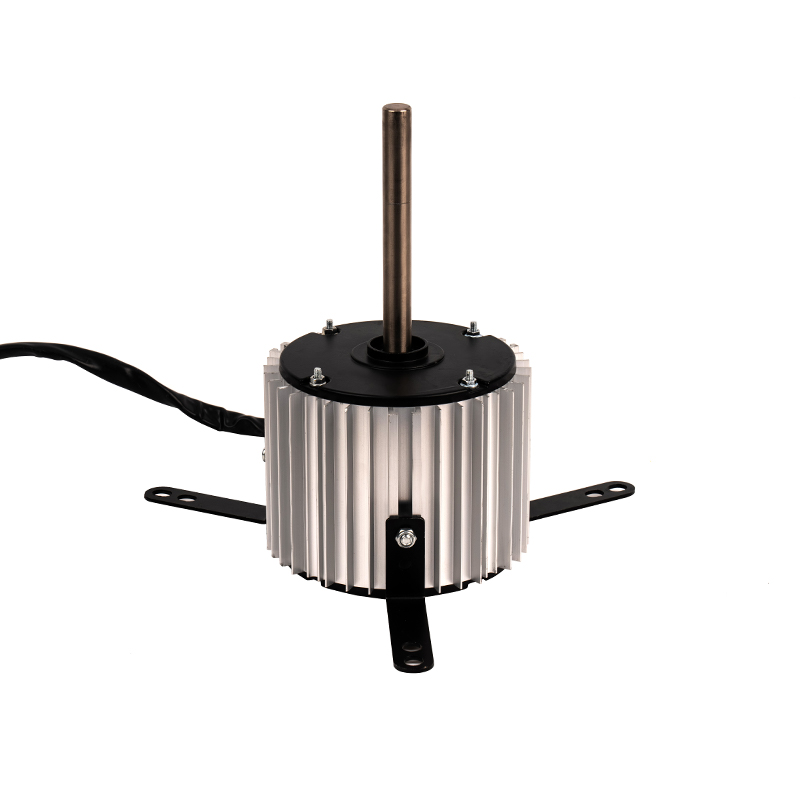The Small Air Cooler Motor plays a central role in controlling the speed of the fan, which regulates the volume of air moving through the system. This control is critical for tailoring the air cooler’s performance to the environmental conditions and user preferences. When the motor adjusts the fan speed, it directly influences the amount of air passing through the cooling pads. Higher fan speeds allow for faster airflow, leading to more rapid evaporation and quicker cooling, making it ideal for extremely hot conditions or larger spaces where a faster cooling effect is needed. Conversely, lower fan speeds help to reduce noise levels and offer more energy-efficient operation when cooling is not as urgent. By providing variable fan speeds, the Small Air Cooler Motor ensures that the airflow is optimized to meet the cooling demands of any given space, improving both user comfort and energy efficiency.
For an evaporative cooler to operate effectively, the airflow must be evenly distributed across the cooling pads. The Small Air Cooler Motor ensures that the fan moves air across the pads in a consistent manner, preventing air from bypassing or concentrating in one area. Without proper airflow distribution, the cooling pads could become unevenly saturated, with certain areas receiving too much moisture and others too little. Uneven moisture distribution leads to inefficient cooling, as the pads cannot work at full capacity. The motor’s ability to regulate airflow ensures that the pads remain uniformly moistened, enhancing the overall cooling effect. By passing air evenly through the cooling pads, the motor maximizes the cooling efficiency of the system, resulting in a more consistent and effective cooling experience.
The Small Air Cooler Motor is responsible for ensuring that the airflow remains within an optimal range to prevent overcooling or undercooling of the room. If the airflow is too weak, it may not allow sufficient evaporation to cool the air effectively. Conversely, if the airflow is too strong, the air may dry out the cooling pads too quickly, reducing their ability to absorb and release moisture. By adjusting the fan speed and airflow, the Small Air Cooler Motor ensures that the air passes through the pads at the right rate, allowing for the perfect amount of moisture evaporation. This balance results in efficient cooling while preventing energy waste. The motor’s role in regulating this airflow is essential for ensuring that the cooler operates at peak efficiency, providing an ideal cooling effect without unnecessary energy consumption.
For an air cooler to be effective in cooling an entire room, it must circulate air evenly throughout the space. The Small Air Cooler Motor works alongside the fan’s design to promote uniform airflow across the room, preventing cool air from being concentrated in just one area. Effective circulation helps distribute the cooled air across the entire room, creating a more comfortable and consistent environment. In larger rooms, the Small Air Cooler Motor may also help to achieve a wider coverage by directing air towards different areas, ensuring that no corner of the room remains overheated.
Many Small Air Cooler Motors come equipped with features like oscillating fans or adjustable fan blades that help control the direction of airflow. These features allow users to modify the direction of the air, ensuring that it reaches specific areas of the room. For example, the motor can direct airflow towards areas where cooling is needed most, such as near windows or doors, or to where people are seated. This level of customization makes the Small Air Cooler Motor highly adaptable to different room configurations and user needs. By providing control over the direction of the airflow, the motor allows users to fine-tune their cooling experience, enhancing both comfort and energy efficiency.



 English
English عربى
عربى ++86 13524608688
++86 13524608688